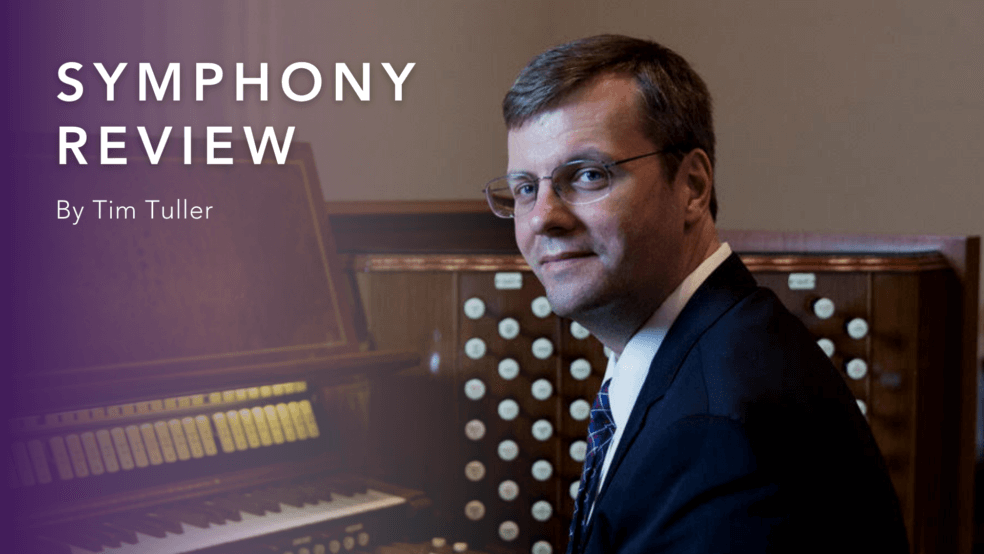The Jacksonville Symphony’s 2021/22 Florida Blue Classical Series season opened in great style on Friday evening with a program entitled, “Mozart’s Romantic Side: Piano Concerto No. 20.” The concert featured a Mozart concerto alongside Ludwig van Beethoven’s Symphony No. 1 in C, Op. 21.
Mozart’s Piano Concerto No. 20 in D minor, K. 466, was first on the program, and saw the debut of the Jacksonville Symphony’s beautiful new Steinway concert grand piano under the masterful hands of Van Cliburn Piano Competition medalist Daniel Hsu. This concert included the first of a series of five Mozart piano concerti planned for the season as part of the David M. Hicks Mozart Piano Series. Music Director Courtney Lewis and the orchestra launched into the ominous opening chords with evident focus and conviction, clearly eager to begin the new season in top form. From the very first entrance of the piano guest soloist Daniel Hsu proved to have a special affinity for the musical language of Mozart. Never a composer to write superfluous notes, Mr. Hsu made sure each and every one of Mozart’s chords and phrases were treated with consideration and intent. The beautiful slow movement was especially touching, with not a single note taken for granted. Mr. Hsu’s concentration and sincerity of expression engaged the audience deeply; they were clearly hanging on to each and every phrase. While Mr. Hsu obviously possesses virtuosity in spades, empty flash was never his focus. Balance between soloist and orchestra was superb, with the piano and orchestra functioning as truly equal partners in the music making. Ensemble was tight and crisp, and the strings sonorous and warm.
The second half of the evening was dedicated to Ludwig van Beethoven’s Symphony No. 1 in C, Op. 21. While often overshadowed by his later monumental masterpieces, this early Beethoven symphony is a real treat to hear and, as Courtney Lewis mentioned in his helpful opening remarks, was considered very innovative for its time. This symphony, written about fifteen years after the Mozart concerto, clearly displays the heavy influence of Mozart and especially Franz Joseph Haydn, with whom the young Beethoven studied. It is an optimistic and ebullient work, qualities that this performance leaned into strongly. Increased prominence of the woodwind section was one of the innovative features of this composition when it was written, and the Jacksonville Symphony’s woodwind section did not disappoint. They played with precision and verve, particularly in the third movement. The strings maintained their strong intonation and warmth of tone as well, sounding especially lush in the slow movement.
The pairing of these two works was a particularly good programming decision. The juxtaposition of the mature Mozart concerto with the early Beethoven Symphony provided the listener with a clear vantage point from which to observe the rapidly evolving Viennese Classical tradition of the late eighteenth and early nineteenth centuries.
“Mozart’s Romantic Side: Piano Concerto No. 20” was clearly a joyous season opener for audience and orchestra alike, and left listeners eager for the season to come.
Tim Tuller is the Canon for Music at St. John’s Episcopal Cathedral in Jacksonville, Florida. Tuller formerly wrote for the Florida Times-Union as classical music reviewer.


